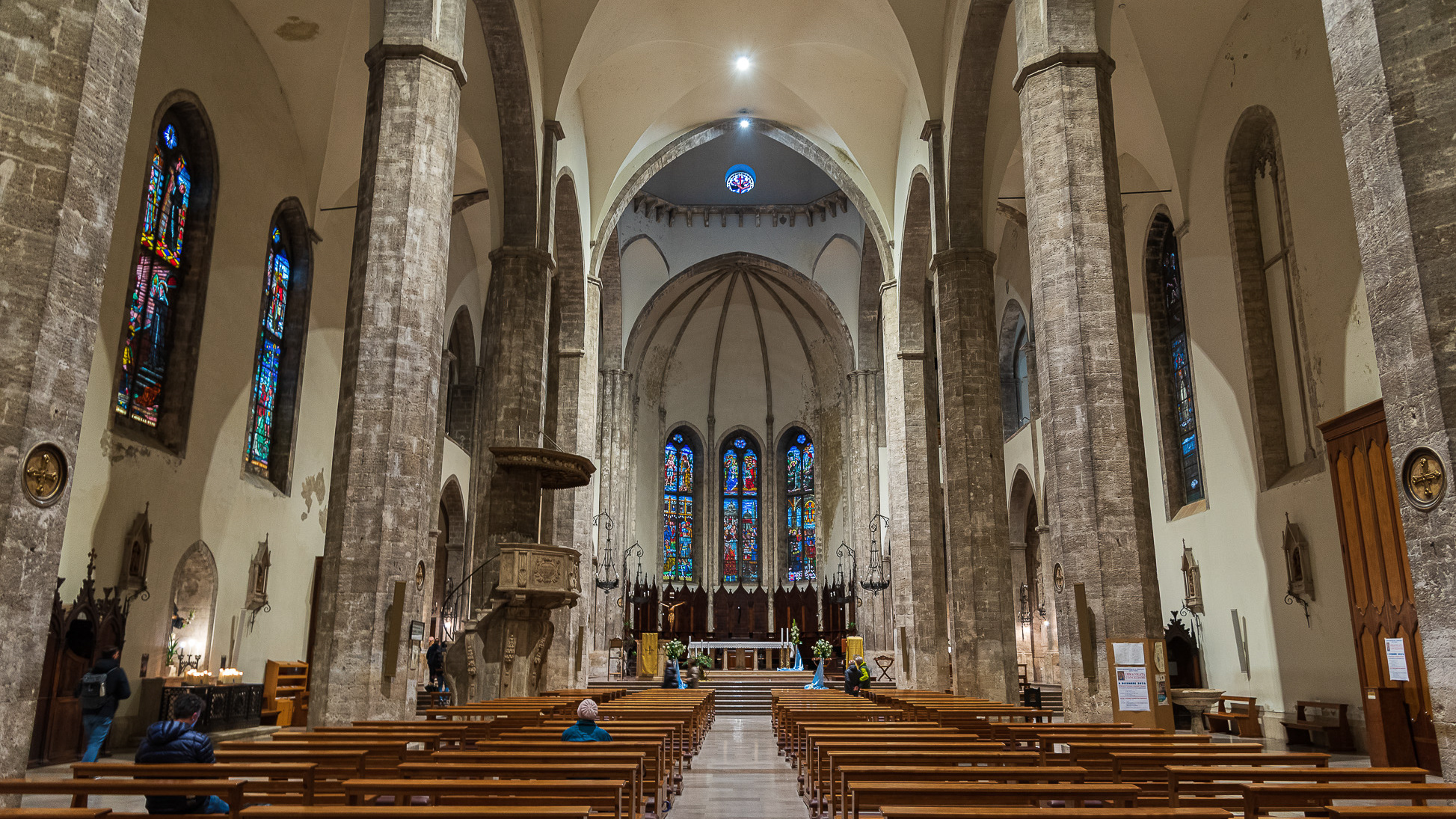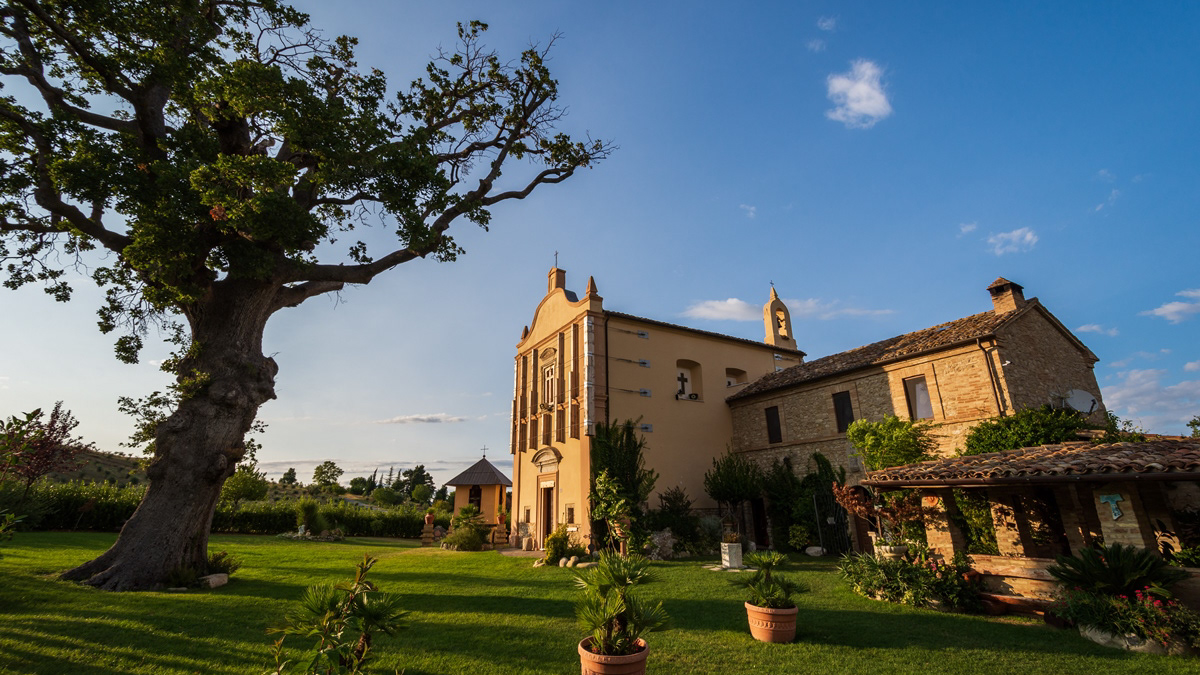Rotella (AP) - Panoramas
2018
You may also like

2023
Ascoli Piceno. The Church of San Francesco
The church of San Francesco in Ascoli Piceno is considered one of the best Italian works of Franciscan architecture, as well as the most representative Franciscan religious building in the Marche region.

2025
Offida. Collegiate Church of S. Maria Assunta

2025
Offida. Church of S. Maria della Rocca

2018
Rotella - Sanctuary of the Madonna della Consolazione
In a small clearing, at the foot of Mount Ascension, there is the Sanctuary of the Madonna della Consolazione or of Montemisio. The Church was built by the monks of Farfa, built on the ruins of a pagan temple dedicated to the goddess Artemis or Artemisia. The cult passed first for the veneration of the Virgin of the Belt, then for the Madonna della Tempera (of the water needed for the fields). A legend tells that, while the drought threatened the crops, a propitiatory procession was held. The statue of the Madonna had just set off, when the sky darkened and the beneficial rain fell. In the 18th century, after the restoration, the church became a place of worship for the Madonna della Consolazione. Today the sanctuary is the destination of numerous pilgrimages. The traditional festival takes place on August 15th. The chapel has a single nave, a terracotta floor and a travertine altar. In the garden stands a centuries-old oak tree over 23 meters high, with a circumference greater than 5 meters.
2022
Loreto. The Basilica of the Holy House
The Basilica of the Holy House is one of the main places of veneration of Mary and one of the most important and visited Marian shrines of the Catholic Church. It is located in Loreto.

2025
Cupra Marittima Alta or Marano. Views

2024
Acquaviva Picena. Glimpses
Acquaviva Picena is an Italian municipality of 3,630 inhabitants in the province of Ascoli Piceno in the Marche region
2022
Ascoli Piceno, Marche. The Cathedral of San Emidio
The city's cathedral, dedicated to the patron saint, stands on the site of a Roman public building, perhaps the Basilica del Foro, and is the result of multiple construction events that substantially range from the 11th to the 16th century.

2025
Marche. Spectacular summer landscape
2022
Recanati. The Torre del Borgo
36 meters high and crowned by Ghibelline battlements, the Torre del Borgo was built in the 12th century and is located in Piazza Giacomo Leopardi in Recanati
